Jul. 22, 25
Diamond core drilling is a widely used technique in geotechnical engineering for subsurface exploration and site characterization. Its ability to recover high-quality, undisturbed core samples makes it invaluable for assessing soil, rock, and other geological materials. Below are the key applications of diamond core drilling in the geotechnical field:
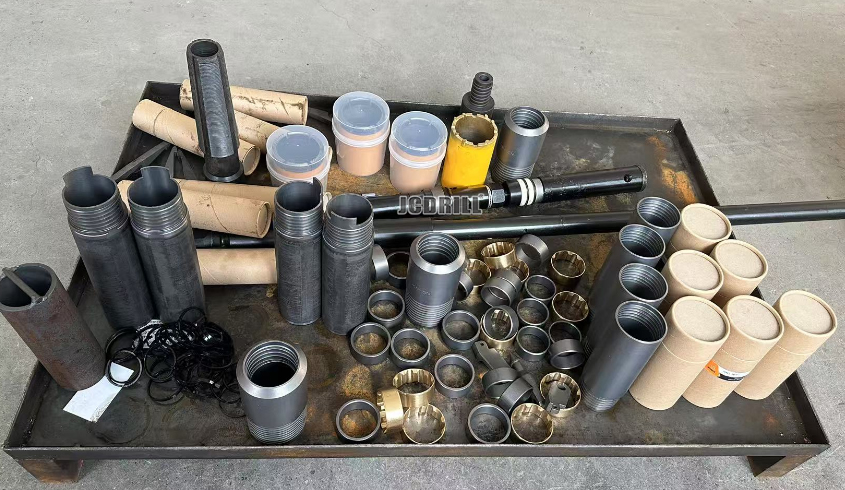
1. Site Investigation & Subsurface Profiling
- Lithological Logging: Retrieves intact core samples for detailed geological logging, identifying rock types, bedding planes, and structural features.
- Stratigraphic Correlation: Helps in mapping soil and rock layers across a site to understand depositional environments.
- Depth to Bedrock Determination: Essential for foundation design, slope stability analysis, and tunneling projects.
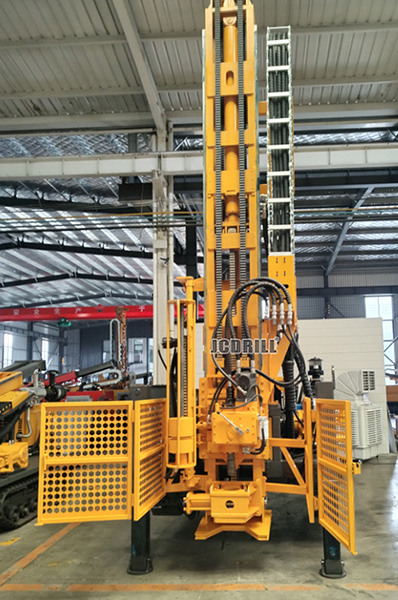
2. Geotechnical Sampling for Laboratory Testing
- Undisturbed Sampling: Provides high-quality samples for lab tests such as:
- Unconfined compressive strength (UCS)
- Triaxial shear strength
- Permeability tests
- Consolidation tests
- Rock Quality Designation (RQD): Evaluates rock mass quality for engineering purposes.
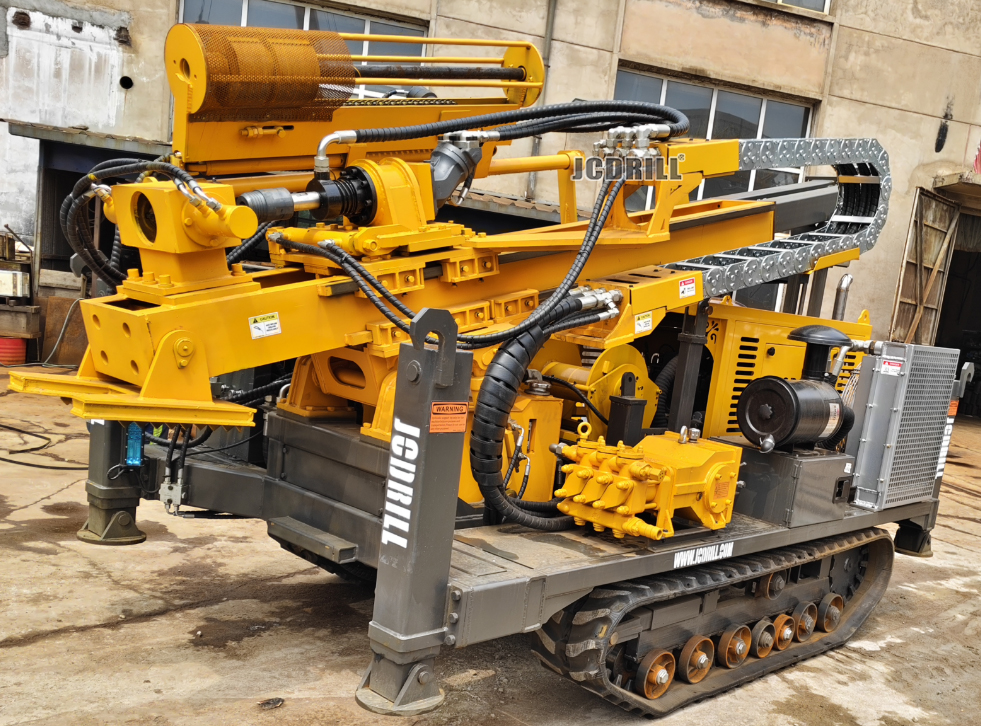
3. Structural & Discontinuity Analysis
- Identifies fractures, joints, faults, and shear zones affecting slope stability, tunneling, and foundation design.
- Measures dip and strike of geological structures for stability assessments.
4. Mineralogical & Petrographic Analysis
- Provides samples for mineral composition studies, aiding in:
- Identifying swelling clays (e.g., montmorillonite)
- Assessing chemical weathering effects
- Evaluating rock durability (e.g., slake durability test)
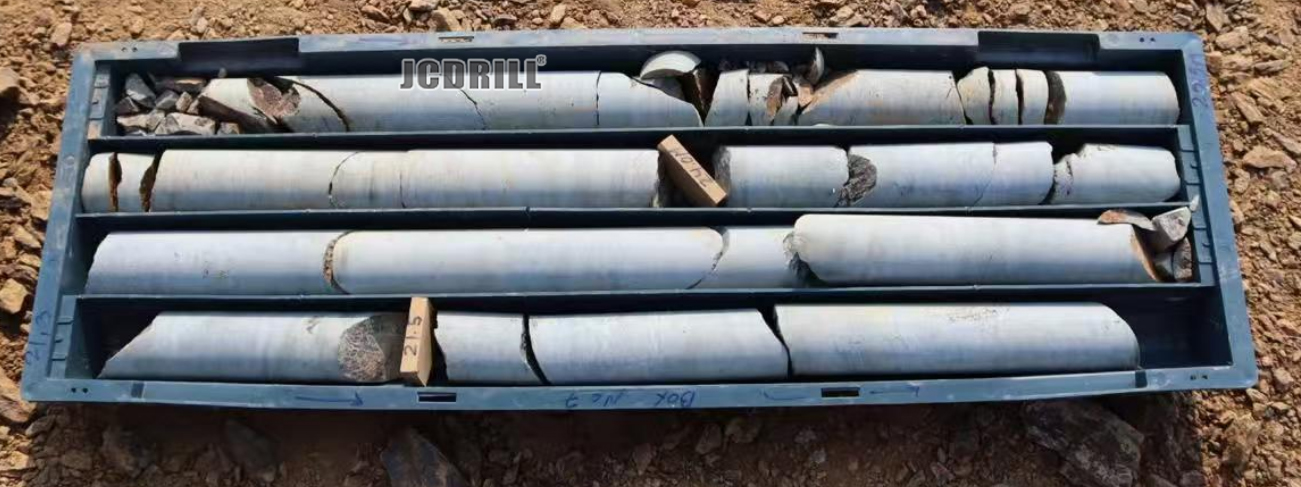
5. Groundwater & Hydrogeological Studies
- Facilitates installation of piezometers for monitoring water tables.
- Helps in assessing aquifer properties (permeability, porosity) via core analysis.
- Detects water-bearing zones and potential seepage paths in dams and tunnels.
6. Geotechnical Design Parameters
- Foundation Design: Determines bearing capacity and settlement characteristics.
- Slope Stability: Assesses weak planes and shear strength of rock masses.
- Tunneling & Underground Works: Evaluates rock mass rating (RMR) and tunneling quality index (Q-system).
7. Construction Material Investigation
- Evaluates quarry materials for suitability in:
- Aggregates (crushed rock for concrete)
- Riprap (erosion control)
- Road base materials
8. Geohazard Assessment
- Identifies potential geohazards such as:
- Landslide-prone zones
- Karst cavities (sinkholes)
- Fault zones (seismic risk assessment)
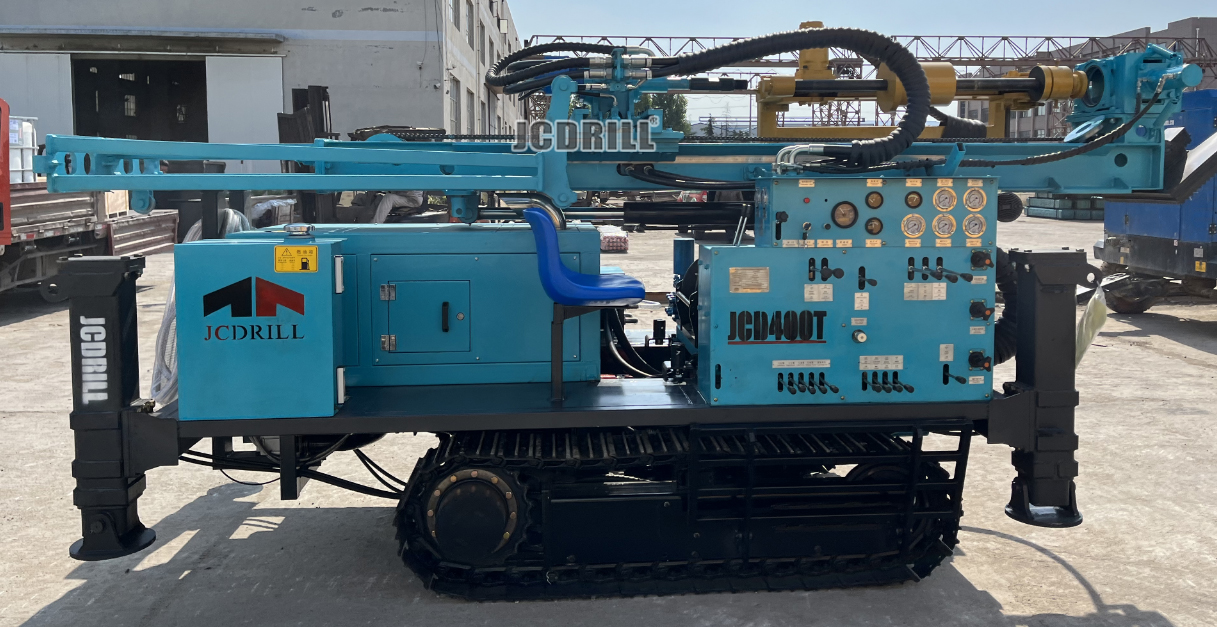
9. Verification of Geophysical Surveys
- Ground-truth geophysical data (seismic, resistivity, GPR) by providing actual subsurface samples.
10. Environmental Geotechnics
- Assesses contamination spread in rock matrices.
- Helps in designing containment systems for polluted sites.
Advantages of Diamond Core Drilling in Geotechnics
- High Precision: Produces minimally disturbed samples.
- Deep Penetration: Capable of drilling hundreds of meters into hard rock.
- Versatility: Works in various formations (soft soils to hard igneous rocks).
- Core Recovery: Enables detailed visual and laboratory analysis.
Conclusion
Diamond core drilling is indispensable in geotechnical engineering for reliable subsurface data collection, enabling safe and cost-effective design of foundations, slopes, tunnels, and other infrastructure projects. Its ability to provide high-quality samples makes it a preferred method for detailed geotechnical investigations.